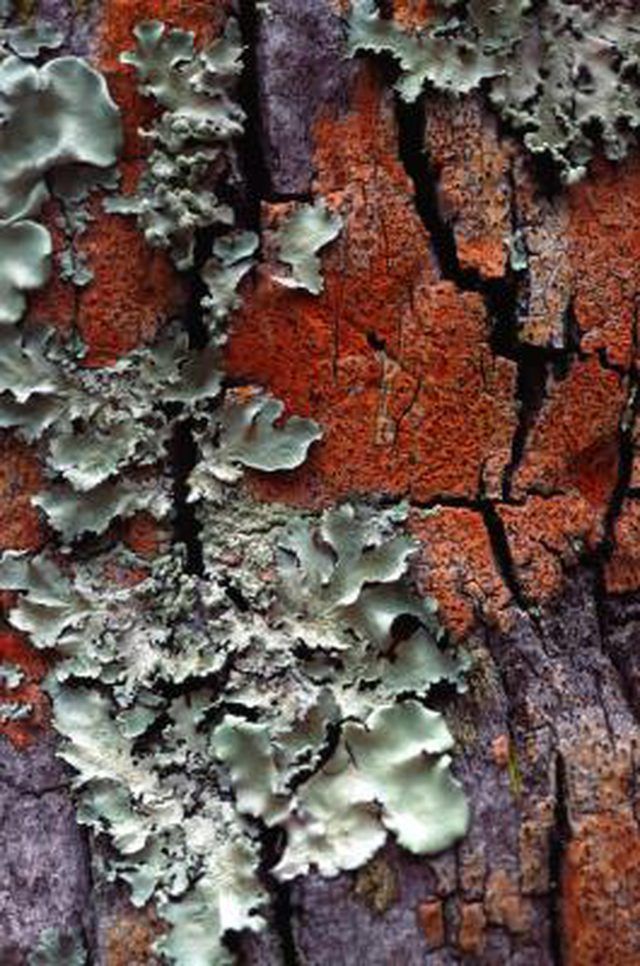Bulbs
Flower Basics
Flower Beds & Specialty Gardens
Flower Garden
Garden Furniture
Garden Gnomes
Garden Seeds
Garden Sheds
Garden Statues
Garden Tools & Supplies
Gardening Basics
Green & Organic
Groundcovers & Vines
Growing Annuals
Growing Basil
Growing Beans
Growing Berries
Growing Blueberries
Growing Cactus
Growing Corn
Growing Cotton
Growing Edibles
Growing Flowers
Growing Garlic
Growing Grapes
Growing Grass
Growing Herbs
Growing Jasmine
Growing Mint
Growing Mushrooms
Orchids
Growing Peanuts
Growing Perennials
Growing Plants
Growing Rosemary
Growing Roses
Growing Strawberries
Growing Sunflowers
Growing Thyme
Growing Tomatoes
Growing Tulips
Growing Vegetables
Herb Basics
Herb Garden
Indoor Growing
Landscaping Basics
Landscaping Patios
Landscaping Plants
Landscaping Shrubs
Landscaping Trees
Landscaping Walks & Pathways
Lawn Basics
Lawn Maintenance
Lawn Mowers
Lawn Ornaments
Lawn Planting
Lawn Tools
Outdoor Growing
Overall Landscape Planning
Pests, Weeds & Problems
Plant Basics
Rock Garden
Rose Garden
Shrubs
Soil
Specialty Gardens
Trees
Vegetable Garden
Yard Maintenance
How to Get Rid of Lichens on Azaleas & Trees
How to Get Rid of Lichens on Azaleas & Trees. Lichens are composed of a fungus and an alga living together cooperatively. They generally don't harm the plant they grow on, since they make their own food from sunlight, water and air. Many people enjoy the color and patterns lichens create. However, they can decrease the ornamental value of the plant...

Lichens are composed of a fungus and an alga living together cooperatively. They generally don't harm the plant they grow on, since they make their own food from sunlight, water and air. Many people enjoy the color and patterns lichens create. However, they can decrease the ornamental value of the plant they're growing on and can obscure features like colored or ornamental bark. If lichens are so plentiful they cover the plant, they can interfere with the plant's intake and outgo of oxygen and carbon dioxide. Usually lichens grow on plants with more exposed stems where lichens get the sunlight they need, so their presence may indicate thinning leaves and branches due to disease or other problems.
Things You'll Need
Shade cloth
Rope
String
Water
Bucket
Soft scrub brush or pad
Call in a Cooperative Extension Agent or a Master Gardener to help identify any health problems of the plants that have lichen growth on branches or bark.
Carry out suggested measures to increase plant health that would lead to increased canopy shade, which would result in decreased lichen growth.
Put shade cloth over affected branches or trees to temporarily create shade. Cut shade cloth to fit individual azalea branches or tree trunks. Tie the shade cloth down with rope or string if necessary. Lichens will eventually die without sufficient sunlight.
Remove lichen physically. Moisten the affected area with water, or wait until after a soaking rain.
Gently rub affected areas with a soft scrubbing brush or pad. Rinse the brush or pad frequently in a bucket of water. Empty the bucket and refill it with clean water as needed.
Tips & Warnings
Rub softly on ornamental bark surfaces so the surface is not damaged and on azalea branches, which are brittle.